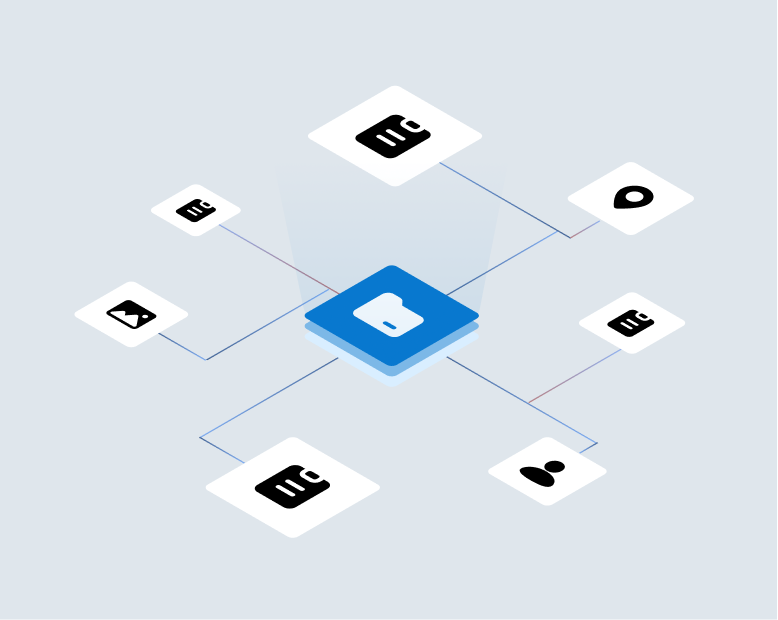Allstate CEO Tom Wilson was recently quoted in the Wall Street Journal saying, “There will be insurance deserts,” he said. “There are certain places where if we can’t spread the cost appropriately and we can’t price it, then we shouldn’t do it.” So, what is he really saying?
In a recent statement to the Wall Street Journal, Allstate CEO Tom Wilson acknowledged the existence of “insurance deserts” in certain markets, citing challenges with cost spreading and pricing. While on the surface, it may seem like a regulatory and market issue, a closer look reveals a deeper concern within the insurance industry.
Wilson’s comments suggest that Allstate, and the industry as a whole, struggles to differentiate between good and bad risks effectively. This inability to distinguish risks accurately can lead to financial challenges, especially in markets where state regulators pose obstacles. Wilson’s attempt to frame it as an industry-wide problem may be an effort to deflect blame and garner investor sympathy.
The underlying issue, however, extends beyond regulatory hurdles. The industry, including Allstate, has erred by applying a predominantly commodity risk selection process to a product with a broad spectrum of potential outcomes. Unlike true commodities, insurance risks can result in anything from minimal payouts to substantial financial losses.
The key differentiator lies in a carrier’s ability to identify and select good risks while avoiding those that exploit the system. This nuanced approach becomes paramount, especially in segments like auto and homeowners insurance, where risks vary significantly.
Progressive stands out as an example of a carrier excelling in risk selection, evident in its consistently superior combined ratio and growth rate compared to the industry. In the realm of homogenized risks, the ability to identify even a few problematic cases becomes a substantial advantage.
Whether dealing with standardized asset risks in auto insurance or the more diverse and unpredictable nature of homeowners insurance, carriers must enhance their automated underwriting system capabilities. Rapidly changing risk profiles demand a heightened focus on identifying and selecting good risks while mitigating the impact of less favorable ones.
In conclusion, Wilson’s statements shed light on a broader industry challenge, emphasizing the critical need for insurers to refine their risk selection processes. In a landscape where risk outcomes can range from negligible to significant financial burdens, the carrier that effectively discerns the good from the bad will undoubtedly reign supreme.
And that’s what VeracityID helps carriers do.


